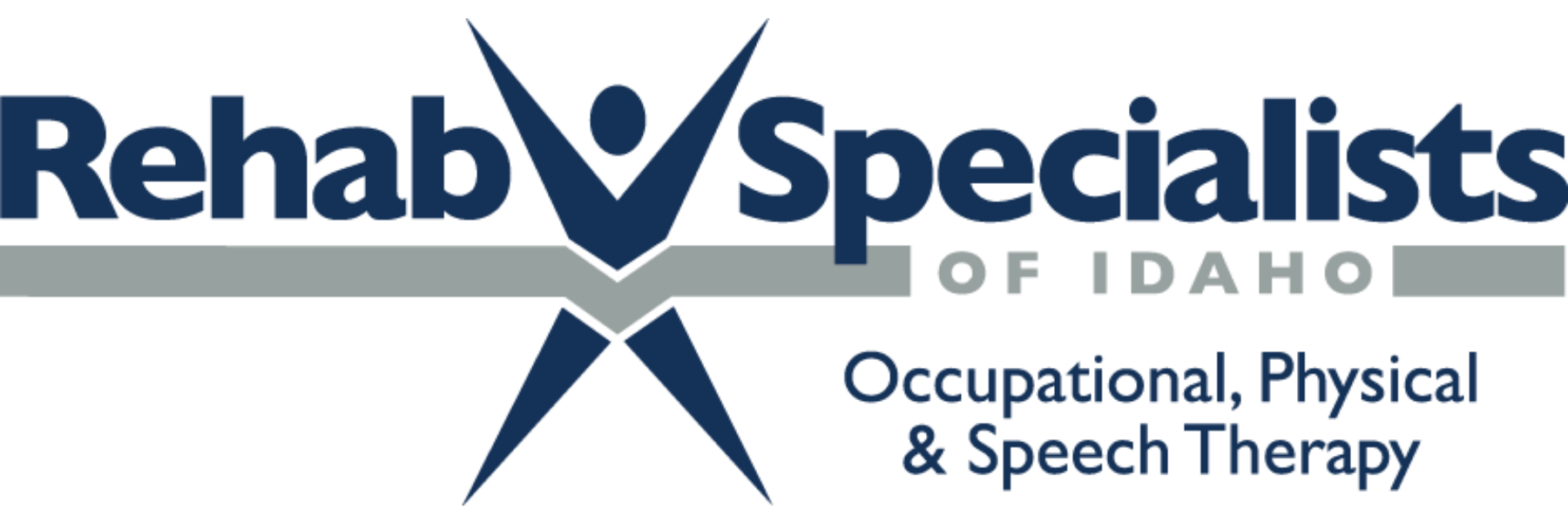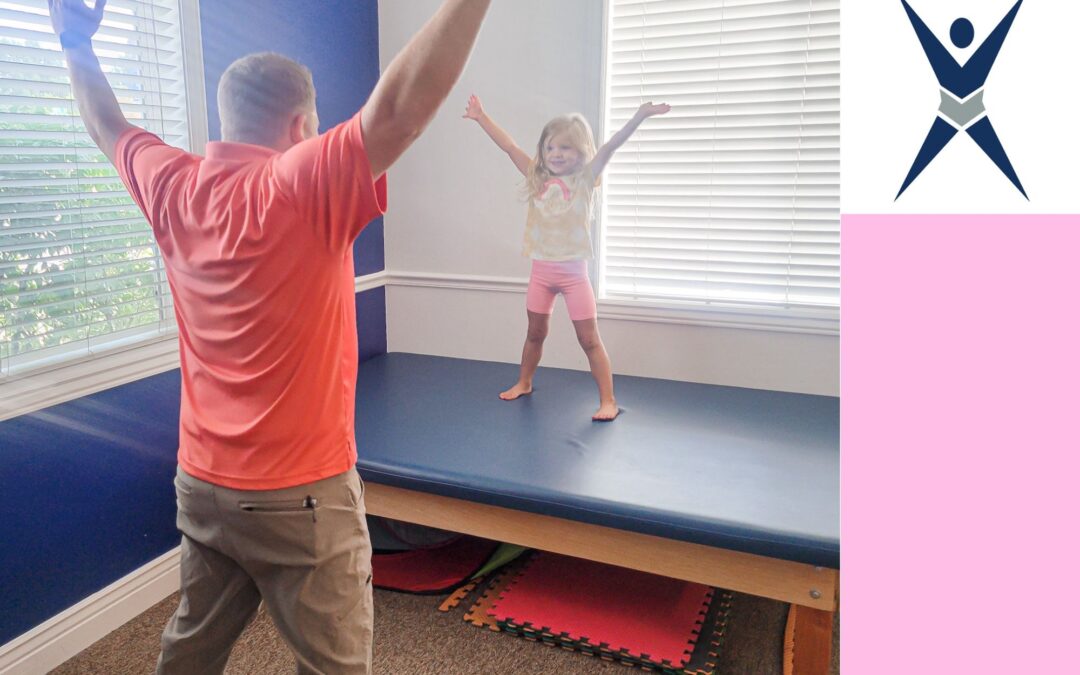Overheard in Physical Therapy: Jumping jacks tell more about gross-motor development than you realize.
By age 5, a child should be able to move both sides of their body together to coordinate a jumping jack. This quick process of being able to switch their arms and legs between standing like a “pencil” and then jumping into a “starfish” pose (and back), therefore creating a jumping jack, is proof that communication is occurring between both hemispheres of the brain.
Difficulties with bilateral coordination exercises, like jumping jacks in this example, or similarly walking up and down stairs while using one foot on each step, or catching a ball, might all be signs of a developmental gross-motor delay.
“A developmental gross-motor delay can affect everything in a child’s life from walking, running, and playing sports to even later struggling with fine-motor tasks like writing or typing. Although the symptoms may not be as obvious when a child is young, the effects of the delay become more and more apparent as they grow older when compared to their peers,” said Seth Buck, an RSI pediatric physical therapist.
If you have concerns about gross-motor delays for your child, schedule a free screening with one of our physical therapists.

